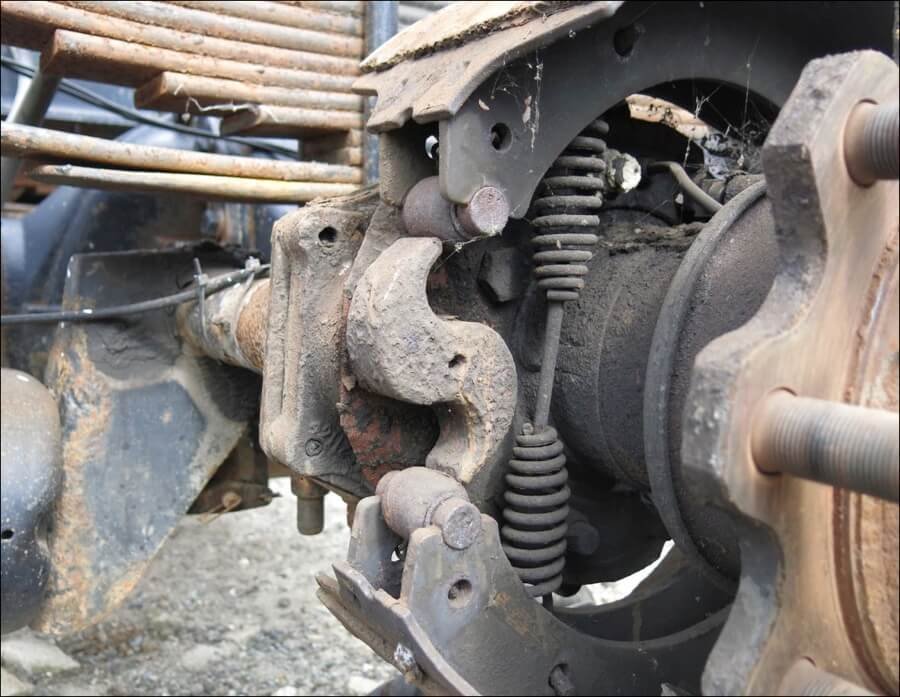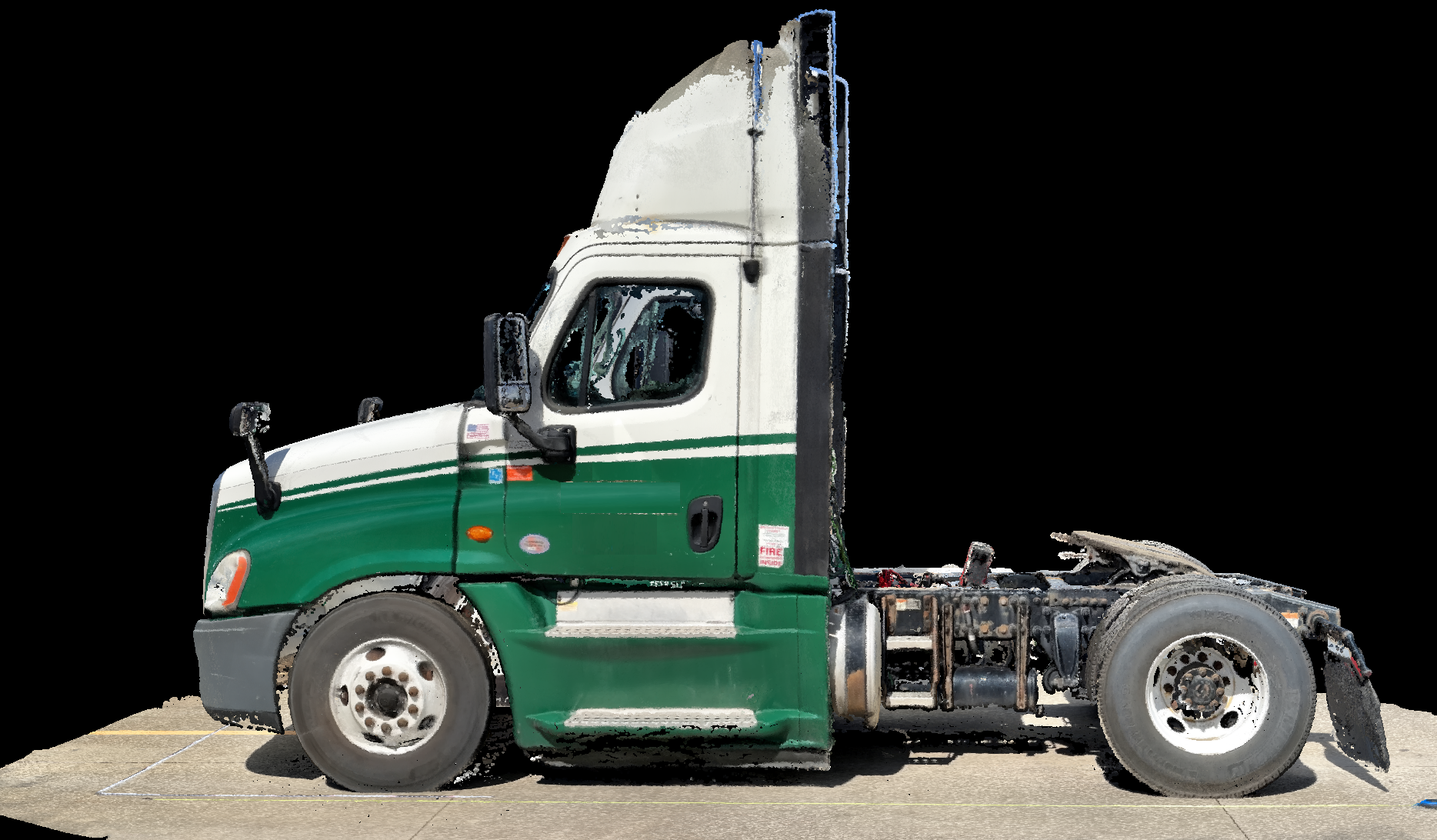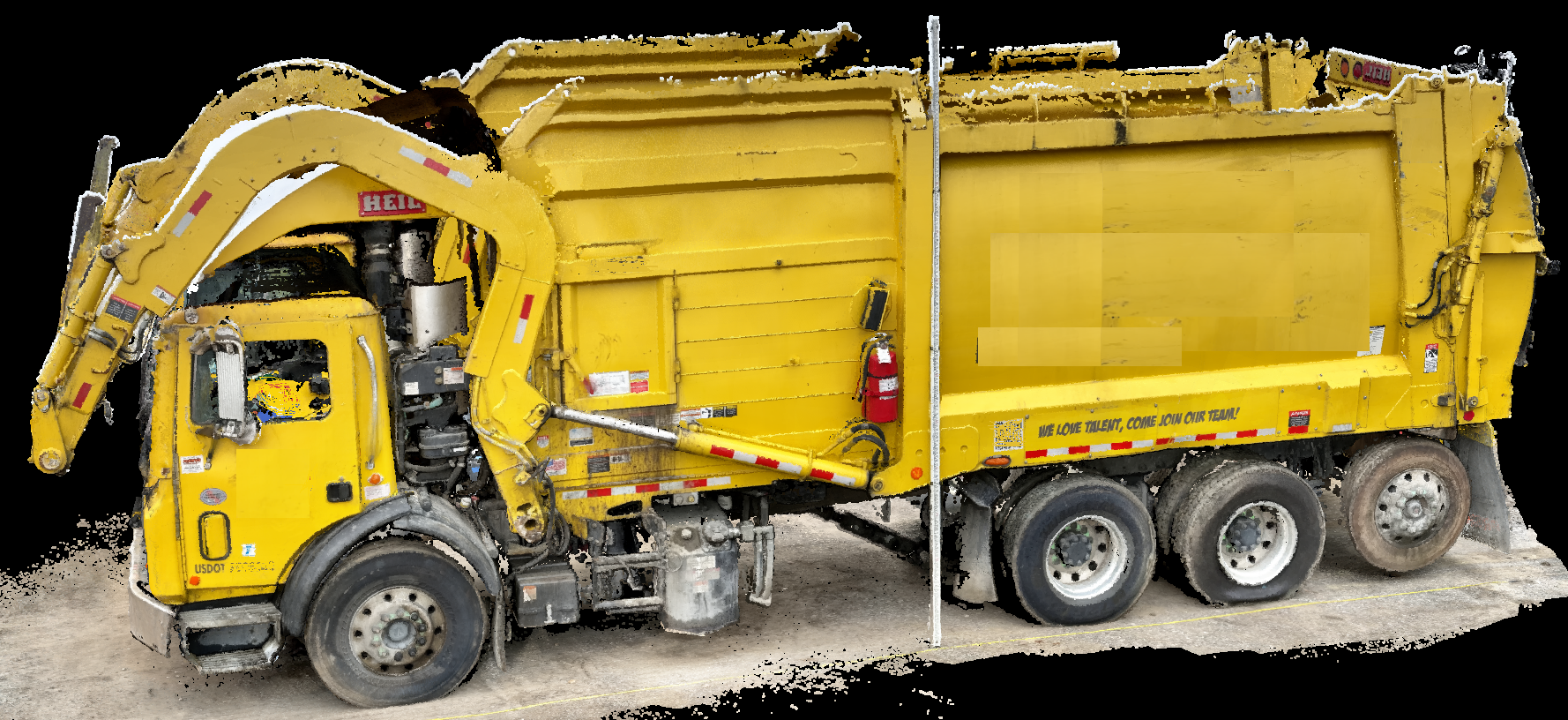Commercial Vehicle Services
A partial listing of our services is as follows:
Heavy Vehicle Inspections
Scene Inspections, Documentation, and 3-D Scanning
Air Brake System Inspection and Testing
Data Imaging (“Black Box” Downloads) & Analysis
Telematics & Video Systems
Federal Motor Carrier Safety Regulations (FMCSR)
Out-of-Service Criteria (Driver and Vehicle)
Reconstruction of Heavy Vehicle Collisions
24/7/365 Rapid Response
A commercial vehicle is more than just a tractor-trailer on the highway. Commercial vehicles also include buses, delivery vans, and off-road construction/mining vehicles.
The proper investigation of a crash involving a commercial vehicle begins with a thorough inspection of the vehicle itself including any attached trailers or other components. Our experts have spent hundreds of hours learning to perform inspections of commercial vehicles.
Reconstructing a commercial vehicle collision is much different than one involving only passenger cars. Commercial vehicle collisions involve massive amounts of weight, stiff structures, articulation points, propensity to roll over, and other unique collision scenarios.
Additionally, electronic data from a commercial vehicle involved in a serious collision can be easily overwritten, unlike a passenger car. It is vital that this data be quickly and correctly preserved which is why we have a 24/7/365 Rapid Response team.




Some differences between Passenger and Heavy Vehicle Data Recorders
A passenger car or light truck / SUV, stores its crash data in the Electronic Data Recorder (“EDR”) which is contained within the Air Bag Control Module (“ACM”) and/or the Powertrain Control Module (“PCM”). Any data retrieved from this module is most likely related to a crash.
Data for a heavy vehicle such as a truck-tractor is contained within the Engine Control Module (“ECM”) and is designed to take a “snapshot” of the data under various scenarios relating to the truck’s operation. The ECM controls engine performance, emissions systems, fuel use, driver incentives, and more. The data is useful for safety and fleet management. Its purpose is not designed to record “crash data”, but many times this “snapshot data” does relate to the crash event in question and can help crash reconstructionist determine how a crash may have occurred.
As an example, “quick stop” events are used by the trucking company to judge a driver’s behavior behind the wheel. If a driver performs an excessive number of “quick stops”, the driver may not be using good defensive driving techniques and may also be abusing the trucking company’s equipment. However, a “quick stop” event may also occur just prior to a collision and then this data can be valuable to a crash reconstructionist.
Typical ACM from a passenger car.
ECM for a Cummins engine.



